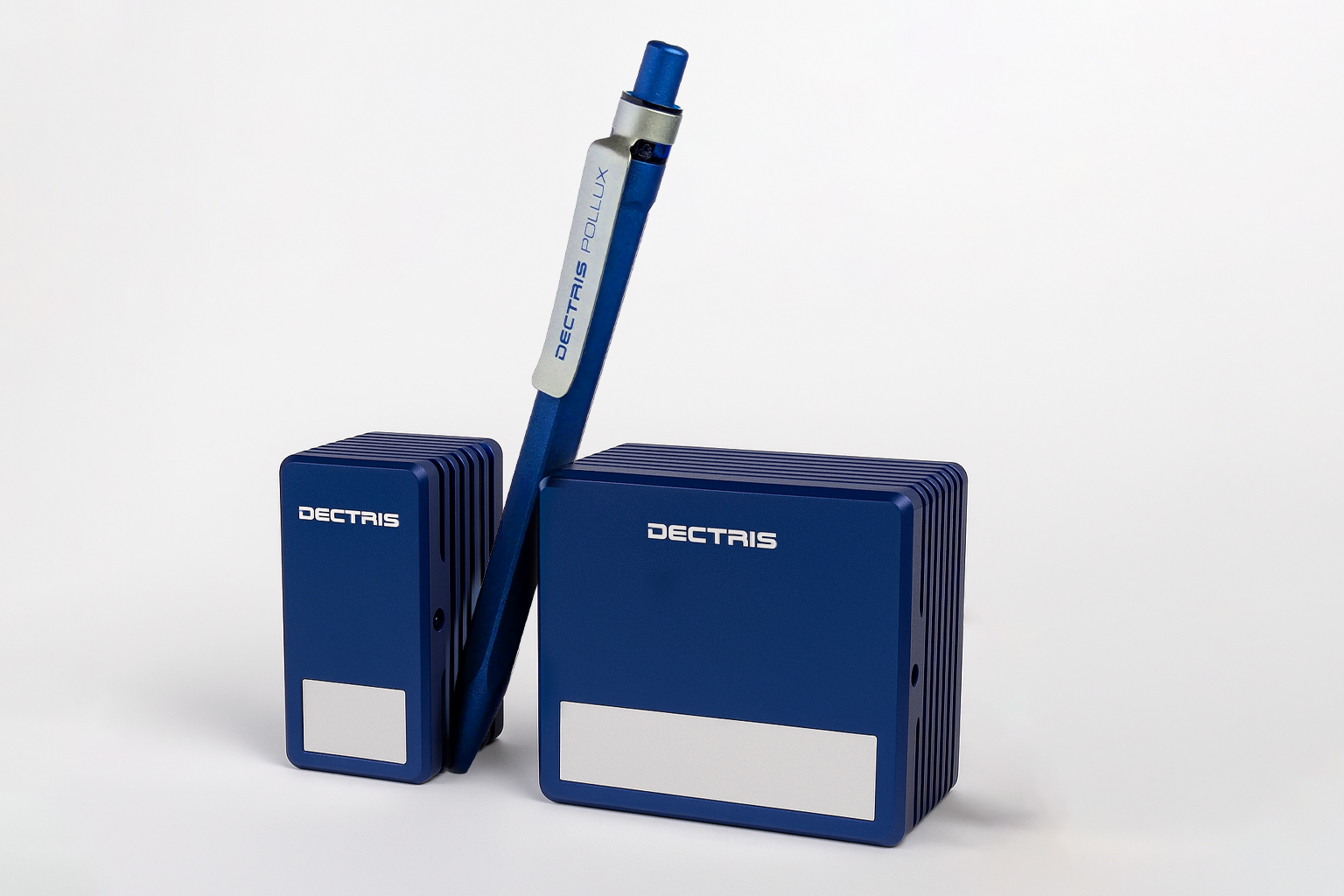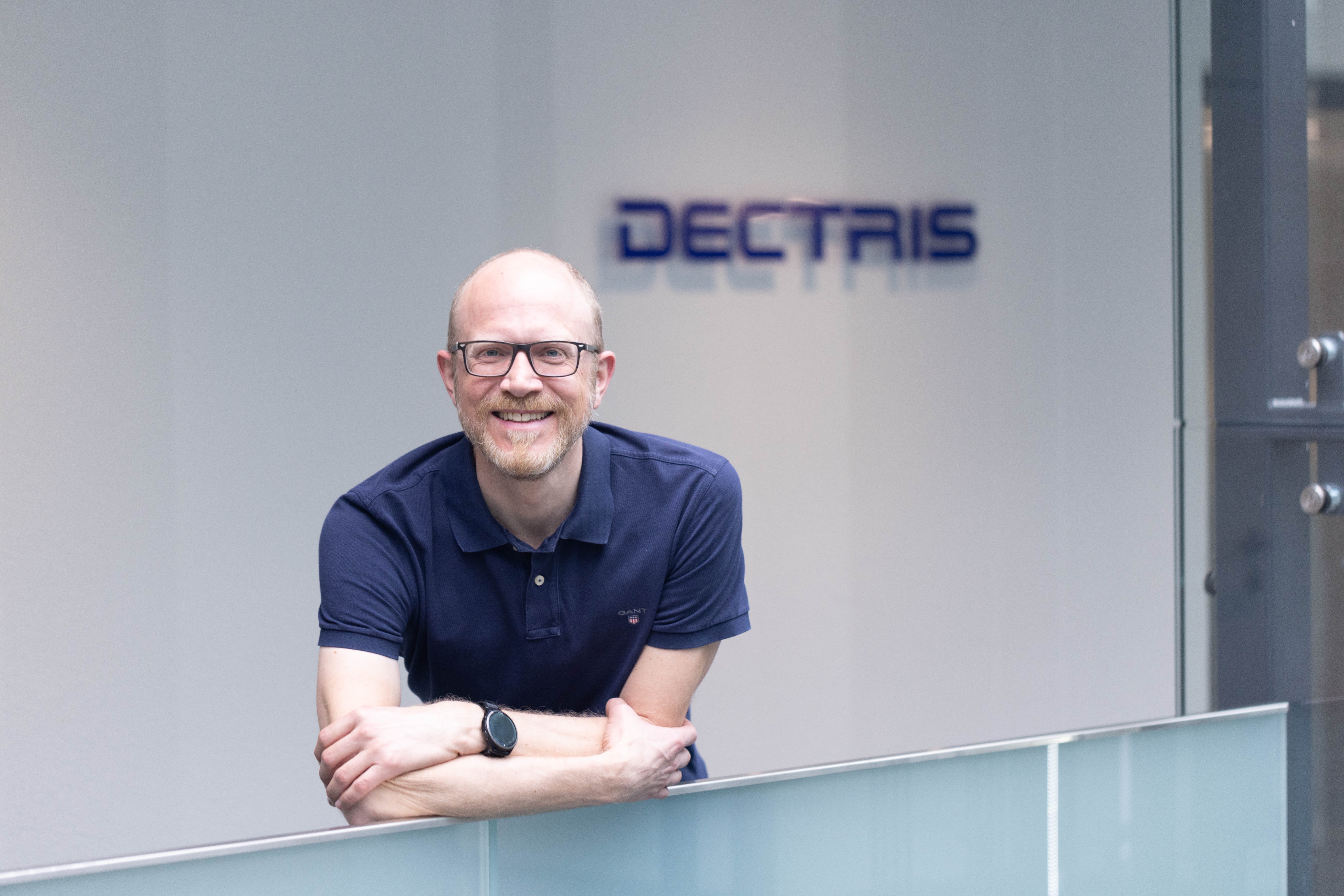Introductng POLLUX: Our Most Versatile XRD detector yet
A 5-minute read
We’re proud to unveil POLLUX™, the latest addition to our family of laboratory X-ray detectors - and our most versatile one yet. Built on decades of expertise in Hybrid Photon Counting (HPC) technology, POLLUX was specifically developed for laboratory XRD, empowering scientists and instrument developers with fast, accurate, and energy-discriminating X-ray detection.

POLLUX™ redefines what you can expect from compact, energy-discriminating Laboratory X-ray detection
Versatile by Design. Exceptional by Performance.
Whether the goal is high-quality powder diffraction, reflectometry, or spectroscopy, POLLUX is designed to adapt to diverse experimental needs and elevate research outcomes. Its compact size, robust build, and effortless integration make it a natural fit for modern laboratories and next-generation instruments. Designed to deliver the optimal balance between energy resolution, count rate, and active area, POLLUX sets a new benchmark for real-world performance.
“We saw a clear challenge in the market: many modern detectors offer excellent energy resolution, but at the cost of count rate or active area,” says Marcus Müller, Senior X-ray Analytics Product Manager at DECTRIS. “To find a better balance, we engaged closely with users and instrument developers to understand what they really needed - and we brought those insights into deep discussions with our in-house ASIC designers. The result is POLLUX: a detector that achieves an optimal balance of energy resolution, count rate, and active area - all in a compact, lab-friendly format.”

Marcus Müller, Senior X-ray Analytics Product Manager at DECTRIS
Designed for the laboratory, engineered for seamless integration, and built to deliver exceptional results - across every experiment.
POLLUX supports a broad range of laboratory experiments, including powder X-ray diffraction, residual stress analysis, X-ray reflectometry, and wavelength-dispersive spectroscopy. From diffraction to spectroscopy, this detector is built to handle the evolving demands of research across disciplines.
With POLLUX, we continue our mission to bring cutting-edge detection technology into the lab - empowering the scientific community with the tools needed to push discovery forward.





